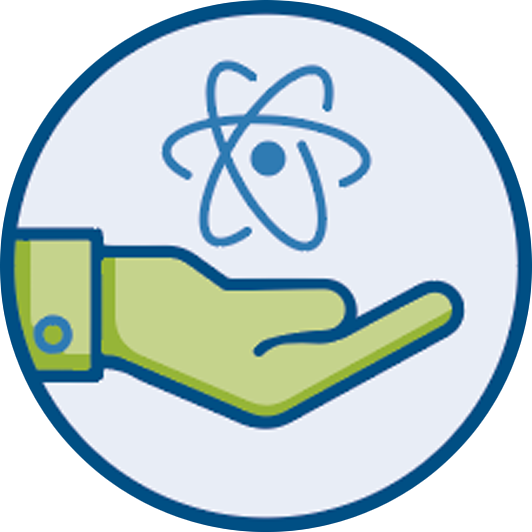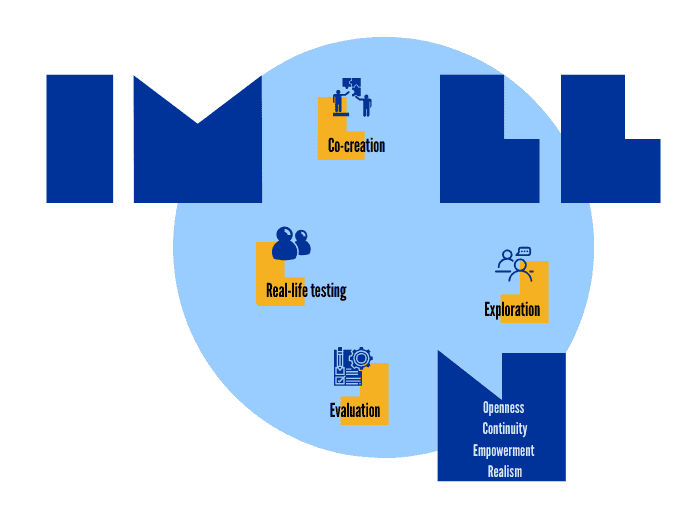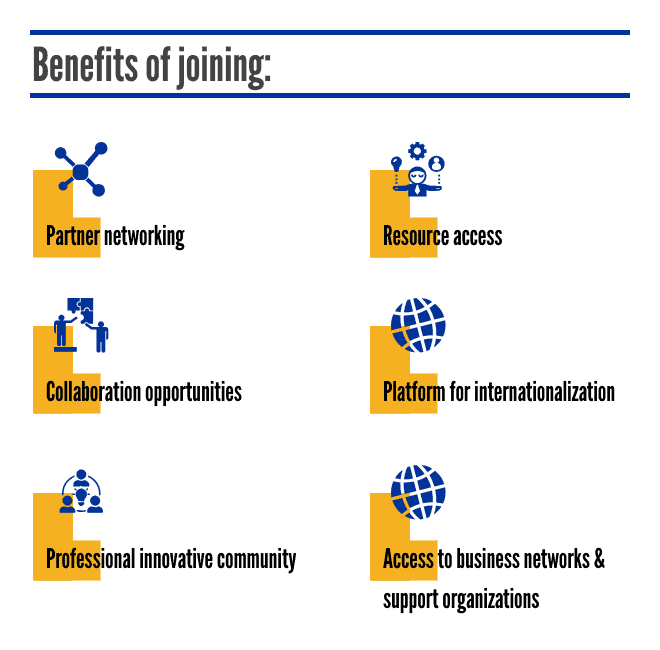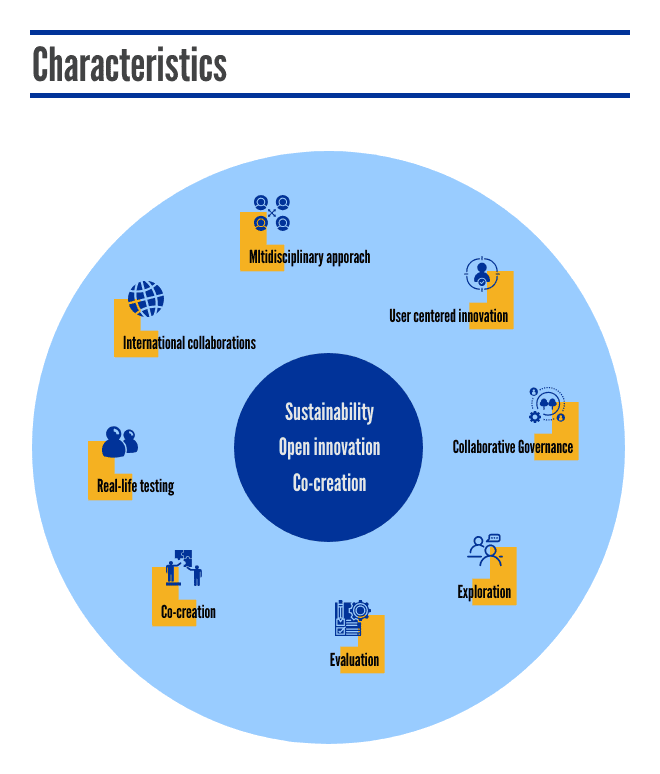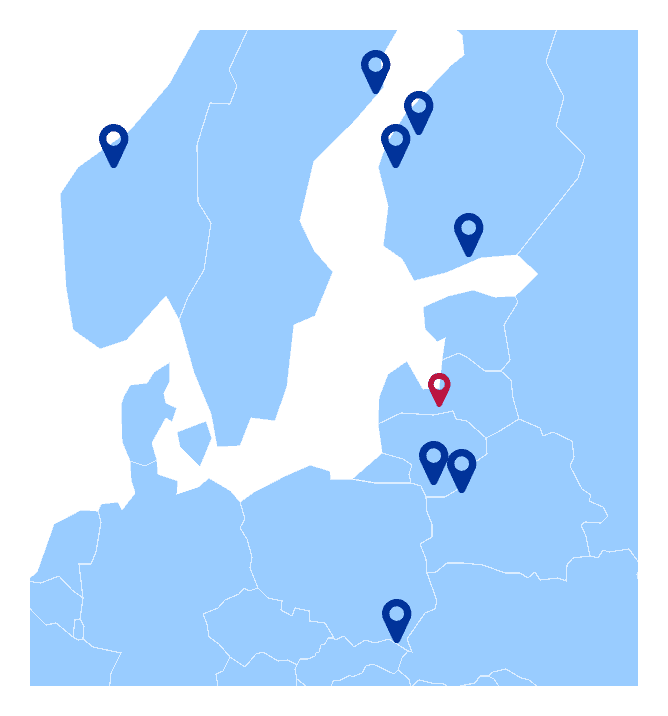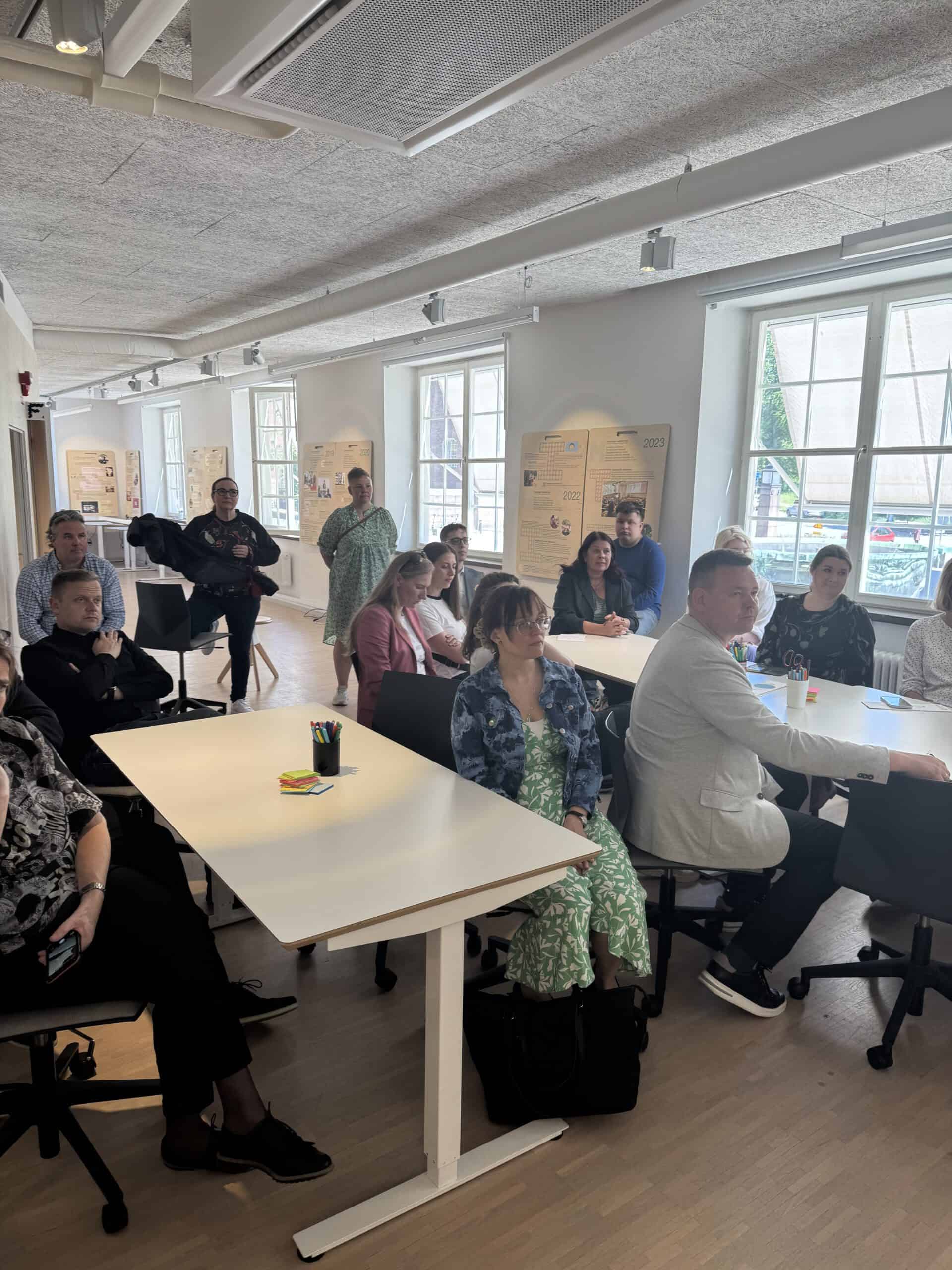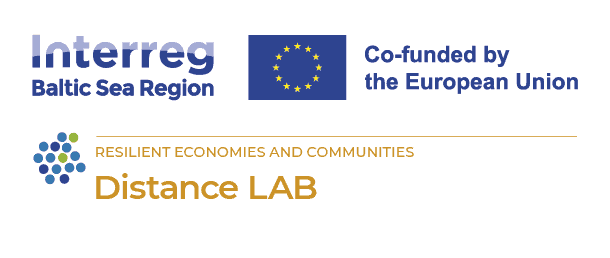
Project story: Building a Cross-Border Living Labs Network for Innovation and Cooperation
26 June 2025
One of the goals of the project was establishing a network of Living Labs that could serve as a real-world platform for experimentation, co-creation, and learning. “The vision was clear: to bring together universities, businesses, public authorities, and citizens to address complex societal challenges through inclusive and sustainable innovation,” says Zane Zeibote, Project Manager at the University of Latvia.
In the beginning, project partners focused on creating business tools for stakeholders. According to Zane Zeibote this laid the groundwork for the next phase:
“Once the tools were in place, we began developing the Living Labs. Our intention was to bring them together on one platform – the International Multidisciplinary Living Labs Network (IMLLN) – to use the created tools in practice.”
She describes the process of building the Distance LAB IMLLN as both methodical and deeply participatory:
“We started by mapping potential partners and identifying key stakeholders who could contribute to the network’s diversity and strength. From the outset, we embraced the Quadruple Helix model to ensure that academia, industry, government, and civil society were all represented. This inclusive approach helped build trust and mutual understanding – both of which proved essential in the later stages of development.”
Throughout the spring and summer of 2024, a series of co-design workshops were held—some virtual, others in person. These sessions were not just about logistics or planning; they were spaces for dialogue, vision-building, and shared learning. Participants worked together to define the network’s core values, operational principles, and long-term goals. They explored what it meant to innovate in real-life settings and how to ensure that the solutions developed would be both meaningful and sustainable.
By autumn 2024, the first pilot Living Labs were launched. These prototypes served as testing grounds for methodologies and collaboration models. Importantly, the network included both Living Labs that had already been operating in some form —either as earlier pilots or as part of existing institutional structures—and new labs that were created entirely from scratch as a part of the Distance LAB initiative. This mix of maturity levels brought valuable diversity to the network, allowing more experienced labs to share insights and practices while newer ones brought fresh perspectives and adaptability.
In result by the beginning of 2025, 7 Living Labs were established and building of the IMLLN could start. By mid-2025, the IMLLN included Living Labs from Finland, Lithuania, Poland, Norway and Sweden, each contributing their unique expertise and perspectives.
The official launch of Distance LAB HUB and IMLLN took place in June 2025, marking the transition from a developmental initiative to a fully operational network. A shared digital platform was introduced to facilitate communication, knowledge exchange, and joint project development. The network is now ready to grow, and welcomes new members through open calls and regional outreach.
What sets our Living Labs network apart is its commitment to openness, continuity, and realism. The network is designed not just for short-term projects but for long-term collaboration. It emphasizes the active involvement of end-users and communities, ensuring that innovation is grounded in real needs and experiences. Solutions are developed and tested in authentic environments, making them more likely to succeed and scale.
“We didn’t want to build something temporary – our goal was to create a living, evolving network,” says Zane Zeibote, who was responsible in running the Living Labs process.
Looking ahead, Distance Lab Online Hub holds immense potential. It can serve as a platform for international research and development, a testbed for new technologies and services, and a catalyst for educational and skills development. More importantly, it offers a way to tackle pressing societal issues—such as climate change, digital transformation, and regional inequality—through collaborative, user-driven innovation.
As the network continues to evolve, it remains rooted in the belief that meaningful change happens when diverse actors come together, share knowledge, and co-create solutions in the places where people live, work, and learn.



